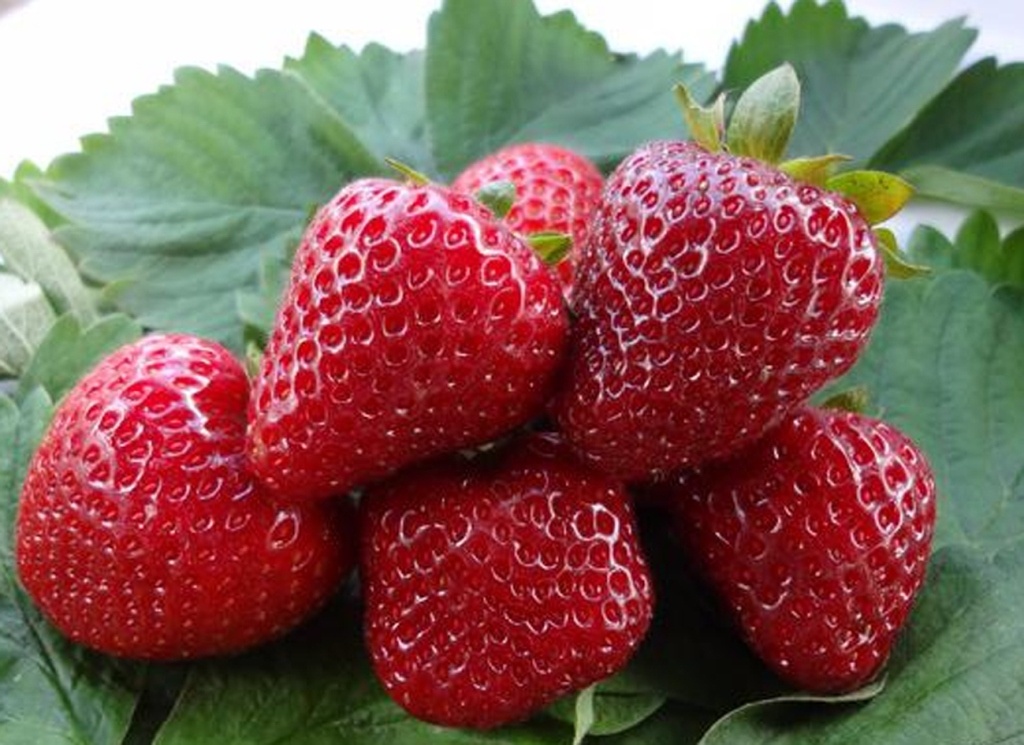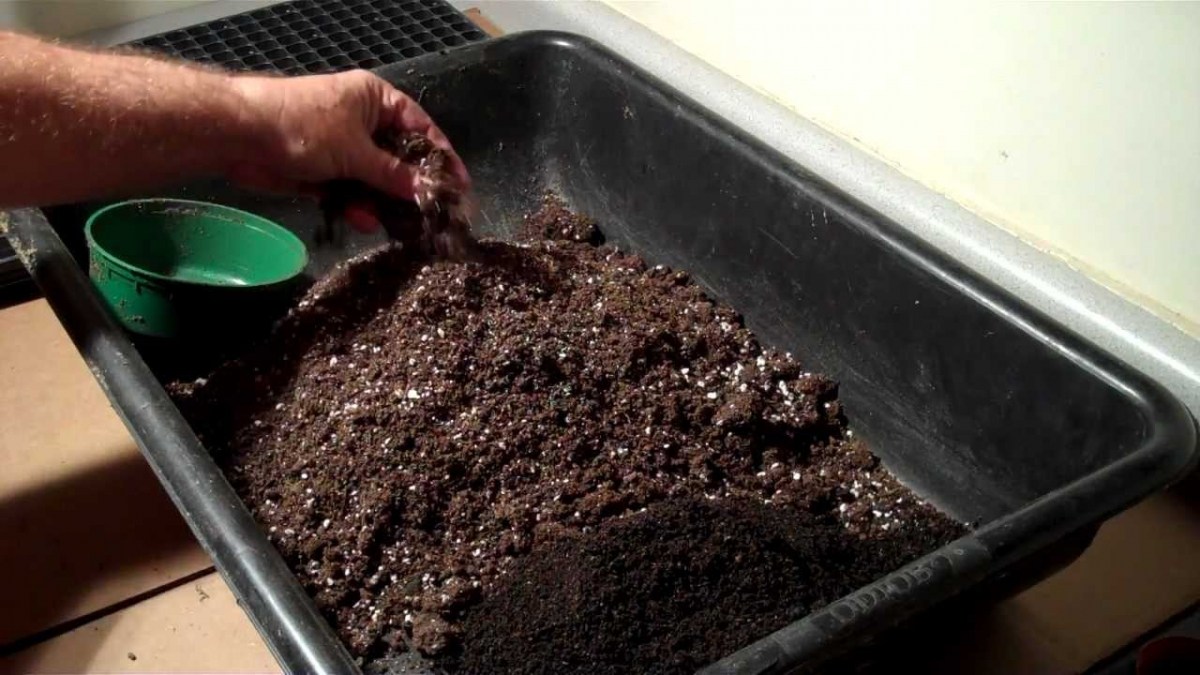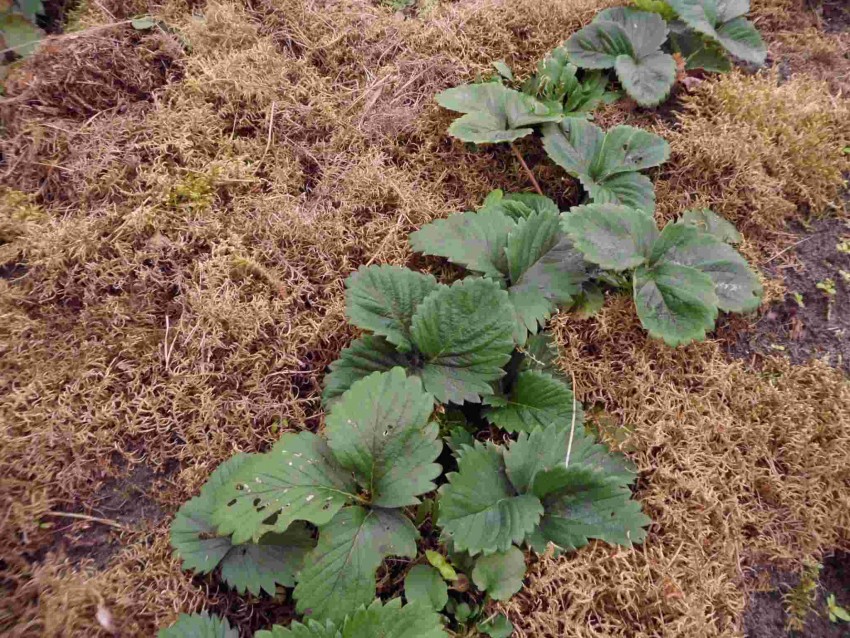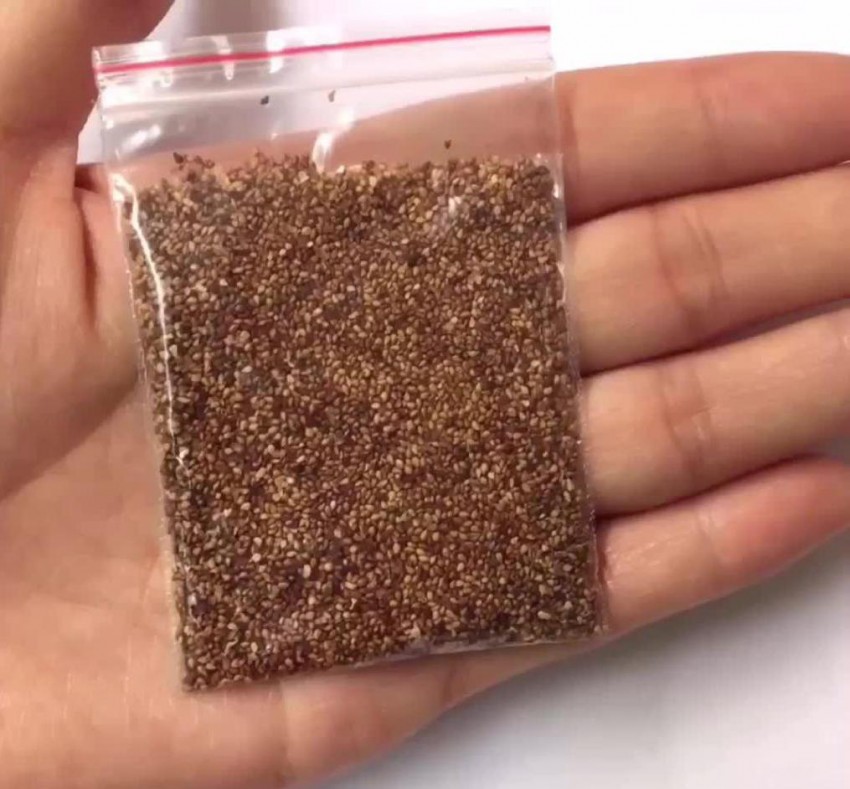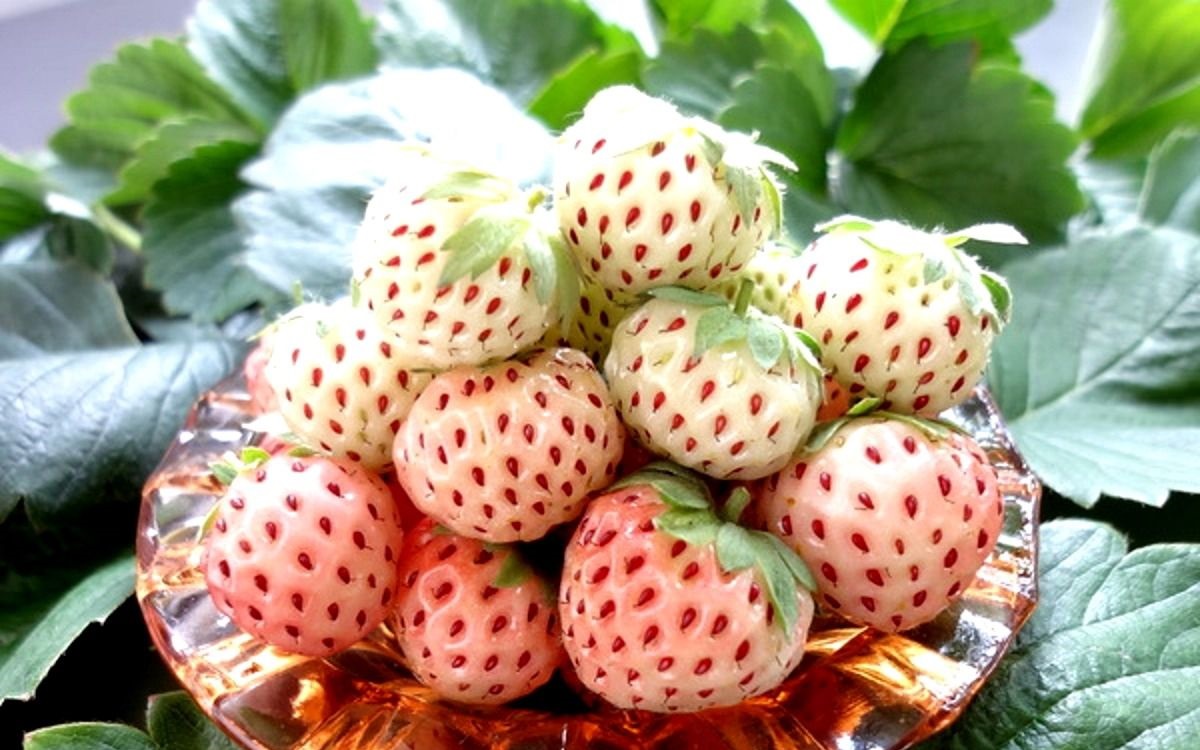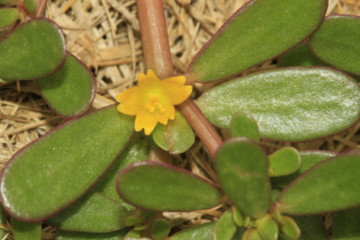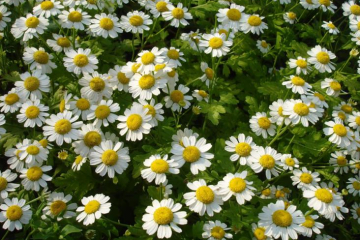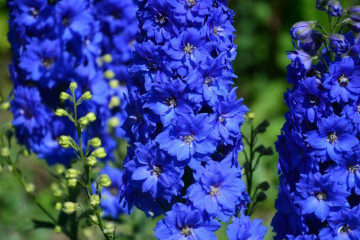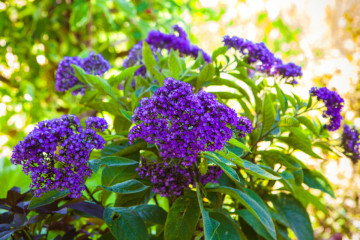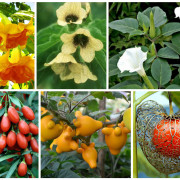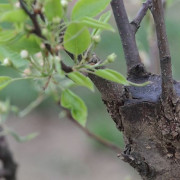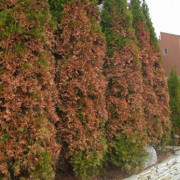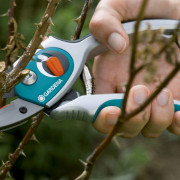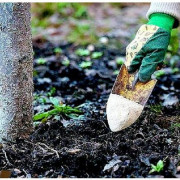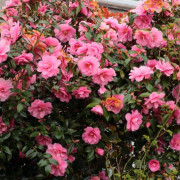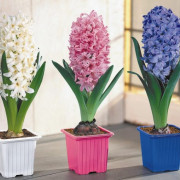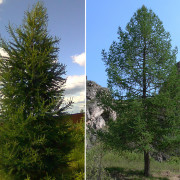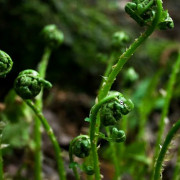Homemade strawberries - grown from seeds or indoor strawberries
Content:
Fragrant and tasty strawberries (garden strawberries) are frequent guests on the summer table. Growing this culture on your own is not difficult. As a rule, it is propagated by a mustache or by dividing a bush, however, strawberries at home from seeds grow no worse.
Growing from seeds
Garden strawberry seeds can be purchased at the store or picked from homemade berries. For sowing, it is worth preparing the material only from those bushes that are healthy and give a bountiful harvest. If you plan to purchase seeds in a store, you should pay attention to the name of the manufacturer.
If the company is known for positive customer reviews, you can safely take the material for breeding.
When picking at home, pay attention to the fact that the best seeds are located at the base and in the middle of the berry. To easily remove them, it is necessary to cut off a layer of pulp from the fruit and dry it on paper. If you rub it lightly with your hands, the seeds will come off easily.
You can also remove the seeds with a toothpick by gently picking them out of the pulp. It is best to store the seed in a glass container.
When to sow
Sowing time depends on the strawberry variety. Seeds of early varieties require early planting, with late sowing - you can wait. The approximate sowing time at home is February or early March.
Some gardeners are engaged in sowing in winter, supplementing the seedlings with fluorescent lamps. Using them, you can get young plants from seeds all year round.
Germinating seeds
In order for the seeds to sprout more actively, it is necessary to carry out the germination procedure.
It consists of the following steps:
- In the plastic container intended for planting, make several small holes for ventilation.
- Moisten a couple of cotton pads slightly with water. Place the seeds between them and send to the container. Instead of discs, you can take a thin cloth.
- Store seeds in a container for 2 days, at a temperature not lower than 25 ° C.
- During germination, it is important to monitor the moisture level by spraying the discs with a spray bottle. It is also necessary to open the container daily for ventilation.
- After 48 hours, the seeds are transferred to the refrigerator (on the bottom shelf) for stratification. You do not need to take them out of the container. It is necessary to withstand the material at negative temperatures for at least 2 weeks.
Instead of a container for germination, you can use a plastic bag, instead of cotton - gauze. The main thing is to provide the seeds with a warm and moist environment that is most suitable for germination. This step, like stratification, is not necessary when growing domestic strawberries.
Soil preparation
Homemade strawberries are not very demanding on the soil. However, in order to get a decent harvest, it is worth considering the recommendations for preparing the soil. For strawberries (and other shrubs and herbaceous plants), this is important.
Characteristics of soil for planting strawberries:
- Low acidity. You can deoxidize the garden soil by adding dolomite flour or fluff lime to it;
- Looseness. The better the soil allows water and air to pass through, the more actively the plant develops;
- Absence of pathogenic bacteria.So that the seedlings do not get sick, it is advisable to disinfect the soil before planting.
The optimal composition of the soil mixture for planting garden strawberries: turf soil (10 kg) + dolomite flour (75 g) + wood ash (200 g). You can also add sawdust and rotted manure.
To disinfect the soil mixture, it must be steamed over a saucepan of boiling water. The procedure must be continued for at least 1 hour. It is more convenient to do this outdoors, making a fire and placing a large container of water over it. On top, you need to install a colander or a fine metal mesh with earth.
Planting strawberry seeds
When all the preparatory stages have been passed, you can proceed directly to sowing the material into the ground.
Planting seeds of homemade strawberries for seedlings:
- Choose a container suitable for planting (container, box, pot, seedling cassettes) and disinfect it. Make drain holes in the bottom, if necessary.
- Pour broken brick or expanded clay on the bottom of the container, with a layer of about 2 cm.
- Fill in the prepared soil mixture, leaving a couple of centimeters to the top. Tamp lightly with a scoop.
- Make grooves 0.5 cm deep in the soil. Moisten them with a spray bottle.
- Using tweezers, distribute the seeds over the holes and sprinkle with earth on top (1 cm).
- Cover the planting with glass or plastic and send it to a warm place. The temperature should not fall below 25 ° C.
- If necessary, moisten the plantings with water at room temperature and ventilate the container.
The first shoots will appear in 20-25 days. At this time, the shelter can be removed. To prevent the seedlings from getting sick, it is recommended to spray it with a weak solution of potassium permanganate 1 time in 14 days.
You can plant seedlings in the ground from mid-April to May. A couple of weeks before this, it is useful to start taking the seedlings out into the air for hardening. The soil at the site of the planned planting must be dug up and humus added.
Transplanting garden strawberries into open ground:
- Dig holes according to the number of young plants. If different varieties are planted, it makes sense in advance to understand the planting sites and the distribution of strawberries by varieties.
- Place the plant in the hole so that the growing point is above ground level. You cannot sprinkle it.
- Cover the roots with earth, press gently. It is necessary for the plant to sit tightly and not be removed if you slightly pull on the leaf.
- Water generously to the root of the strawberry plantings, even if the weather is damp.
- If desired, mulch the beds with sawdust or humus.
Strawberry is a shrub or herb
Since the word "bush" is often used in relation to plants, some gardeners ask the question: strawberry is a shrub or herb.
Sometimes garden strawberries are grown in a vertical bed, in which case the bred plant resembles a shrub. The so-called "bush" varieties can be found in spontaneous markets. But botanists give a clear answer to the question, strawberry is a shrub or grass: the plant belongs to herbaceous perennials. Although it is difficult to believe in the appearance of large bushes.
Therefore, if the seller in the market claims that this strawberry is a shrub, it is better not to buy it.
Homemade strawberries
Homemade strawberries, commonly referred to as strawberries, are not found in the wild.Thanks to the efforts of breeders, there are a huge number of varieties of this plant with excellent cold resistance, high yield and amazing berry taste.
Seeds are propagated mainly by small-fruited varieties, since large-fruited ones may not preserve this property in young seedlings.
Strawberry care at home
The rules for caring for home strawberries are simple:
- Watering. Sprinkling can be used before flowering, after which only watering at the root is desirable. In hot weather, mulch the beds, this will help retain moisture in the soil;
- Loosening. It must be carried out after heavy watering or rains. It is worth remembering that strawberries have powerful and thick roots that are easy to damage during processing;
- Fertilizer. It is useful to make potassium-phosphorus fertilizing during flowering and fruiting. Before planting, nitrogen-containing fertilizers or organic matter are introduced into the soil;
- Pruning. After the end of fruiting, it is time to cut off the damaged old leaves and whiskers. It is convenient to do this with pruning shears or sharp scissors.
Strawberry variety Pineapple
Pineapple, or pineapple strawberry, is a cross product. It does not occur in the wild. This variety is distinguished by remontability, disease resistance, large-fruited. The color of the berries ranges from cream to pink. These shades are much less attractive for birds, which are not averse to feasting on bright berries.
The variety also has disadvantages: strawberries Pineapple is not kept fresh for a long time and often rots with excess moisture.
The variety owes its name not to pineapple, but to the Latin name “ananassa”, which means “garden strawberry”.
Growing remontant strawberries
The repair strawberry bears fruit twice a year, with such a “life rhythm” it needs special care. If you decide to grow just such varieties, you should pay attention to the following recommendations:
- To prevent the bushes from freezing, it is advisable to create shelters for them from spruce branches or straw.
- In the fall, it is necessary to treat the beds with Bordeaux liquid, remove diseased or dried parts of plants.
- In order for both harvests to be plentiful, it is important to feed the strawberries on time: after the snow melts, a urea solution is applied, after 14 days, phosphorus-potassium fertilizer, after the first harvest, watered with mullein solution, at the beginning of August, the composition with phosphorus and potassium is again used.
Growing strawberries at home from seeds is easy to learn. It is enough to follow the simple rules of care. Like any berry bush or grass, strawberries love it and respond with a bountiful harvest.
